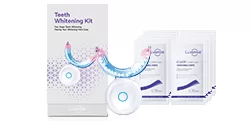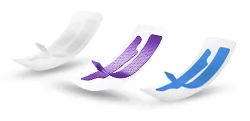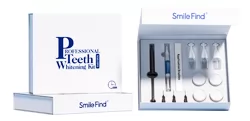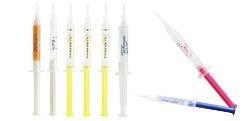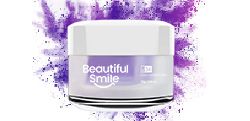Do Teeth Whitening Products Really Work?
May. 04, 2022
If you drink coffee, cola, tea or red wine, chances are your teeth will turn yellow. If you want to whiten your teeth but don't want to spend a lot of money at a dentist's office, there are plenty of off-the-shelf tooth whitening products on the market. But do they really work?
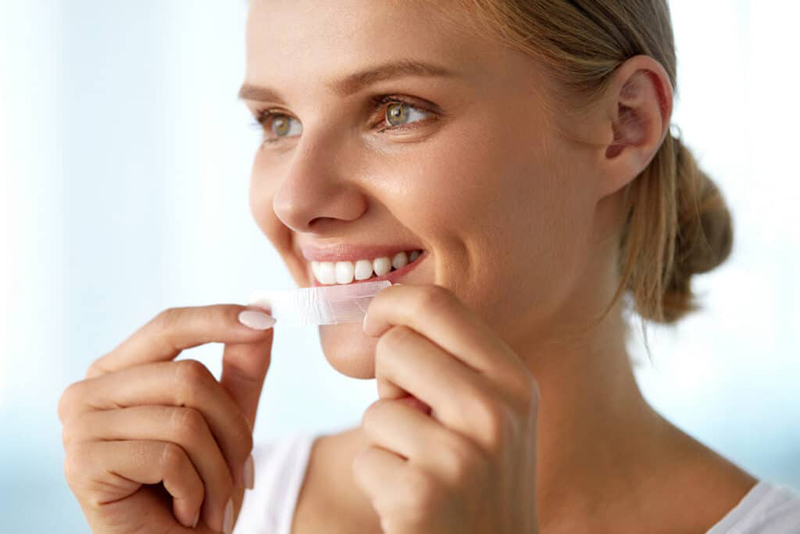
Let's take a look at the hidden chemistry.
Teeth
Your teeth are covered with a layer of enamel, which is the hardest substance on the body. Tooth enamel is made up almost entirely of a mineral called hydroxyapatite, a hard crystal formed by the combination of calcium and phosphate ions, which keeps bones and teeth strong. But in the enamel, there are many places where food, coffee, wine and other easily colored things can hide.
Whitening Strips
Regular brushing and flossing can remove most foreign objects from your teeth. However, once you have stains on the enamel, you will need more powerful methods, such as teeth whitening patches. Most open-frame teeth whitening strips use a glue that contains amine peroxide or hydrogen peroxide, which they use to clean your teeth. The gel is placed on a polyethylene strip and applied to your teeth, after which the peroxide kicks in.
Peroxides are excellent oxidizing agents and are thus known as electron snatchers. It can hack into the molecules that stain your teeth, robbing them of their electrons. This action severs the chemical link of the chromophore, which is the molecule that makes your teeth less white.
If you degrade the chromophore, guess what you get? Whitened teeth.
In fact, bleach gel uses the same method and ingredients. So whether you spill coffee on your shirt or drink it in your mouth, the stain is removed in the same way. Just please don't get confused and never pour bleach in your mouth.
Whitening Mouthwashes
There are other methods of teeth whitening. There are whitening gums that you apply to your teeth with a small brush, and there are even whitening mouthwashes. But guess what? Mouthwashes take longer to see results than whitening tapes because the contact time of whitening tapes is much longer than mouthwashes.
Whitening Toothpaste
Obviously, the most important way to keep your teeth white is to brush them every day. So, how about whitening toothpaste? Does it work? The answer is yes, but the effect is not strong. In addition to the ingredients found in regular toothpastes, whitening toothpastes also contain a rougher ingredient, silica.
However, like regular toothpaste, these harsh ingredients only clean the surface of the teeth, they can't get as deep into the enamel to clean as hydrogen peroxide.
Safety
So how safe are these products? All of these peroxide-based whitening products on the market are safe. The American Dental Association points out that some people may experience sore gums or tooth sensitivity after using whitening products, so the best thing to do is to check with your dentist if you are going to do any whitening at home.
Or, just leave it to your dentist, who will whiten with a higher concentration of hydrogen peroxide, and of course they will protect your gums while whitening.
Likewise, all off-the-shelf whitening patches, gels, and toothpastes are safe when used correctly. Just, make sure not to swallow any peroxide. And the effect of whitening depends on what type of color correction you want.
Some people's teeth will be darker because of developmental defects, tooth decay, root canal treatment, etc. At this time, the dentist needs to take other methods for treatment.
It also depends on how quickly you want to see results, and your budget. If you want the fastest and maximum whitening, then going to a dentist's office is the best option. In the office, dentists use the highest concentrations of hydrogen peroxide for whitening, which results in faster results.
Inquire Us Now




